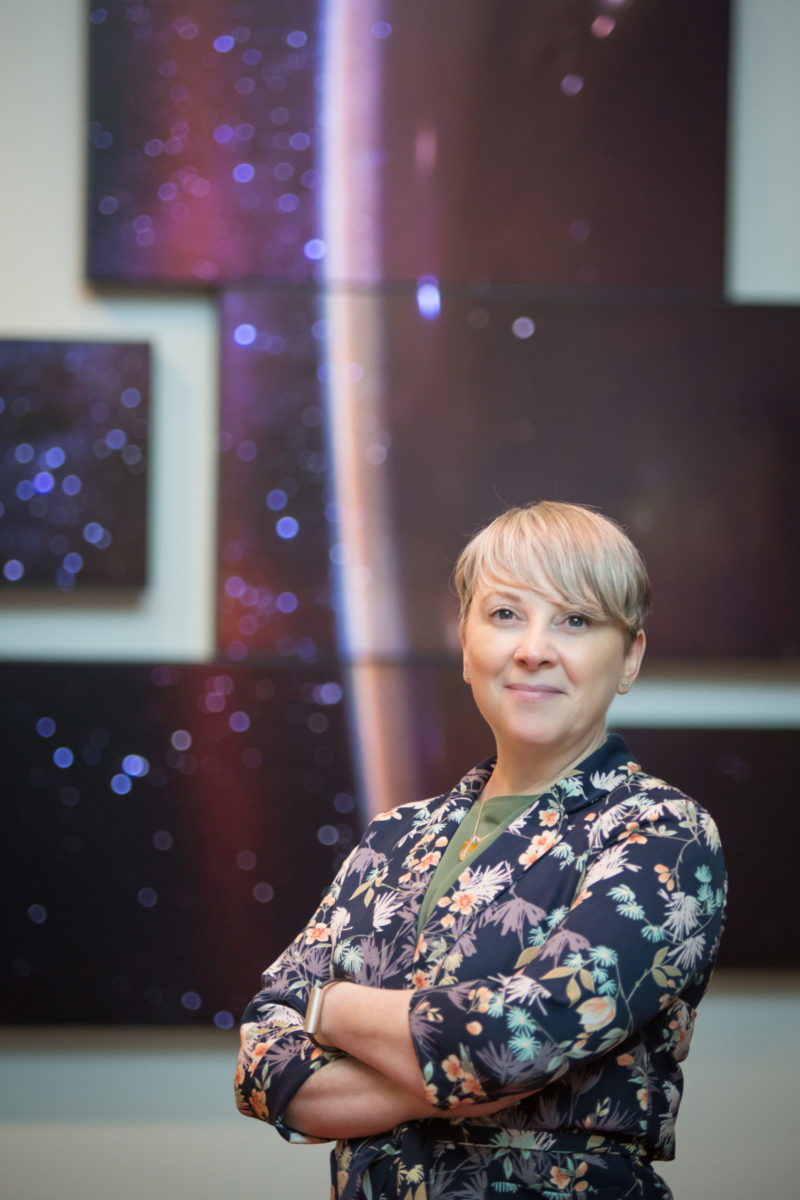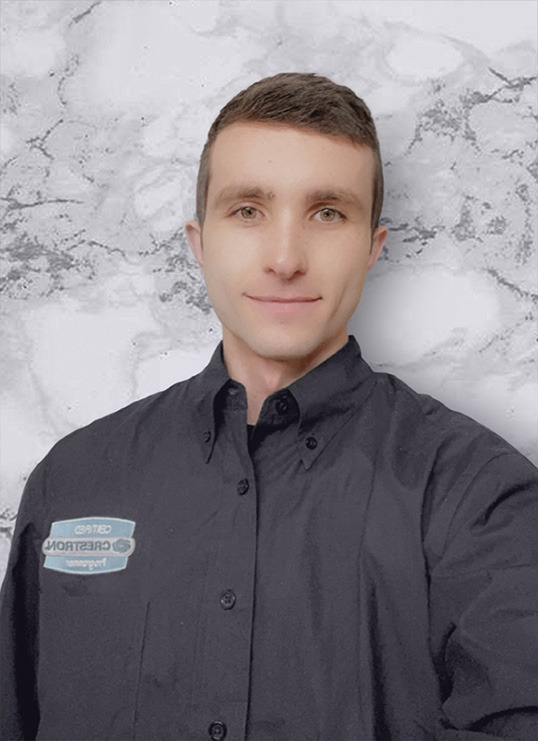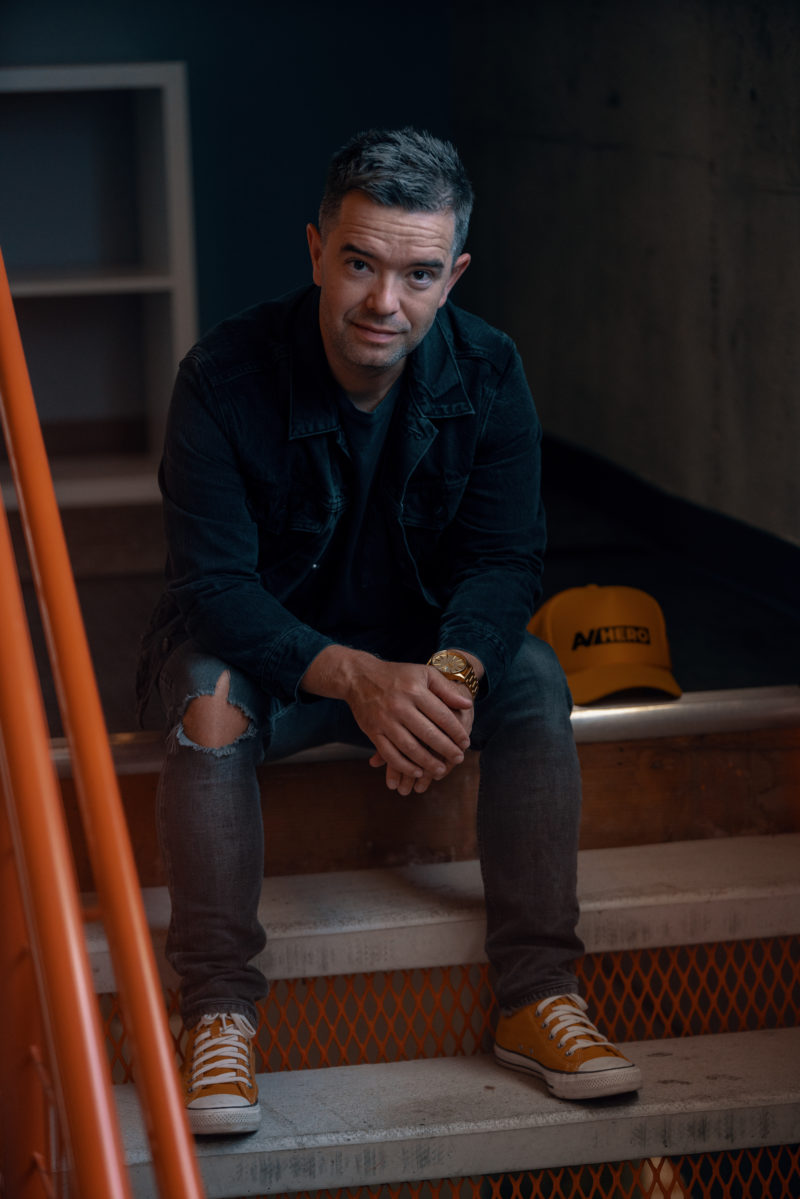Spotlight: Tammuz Dubnov – Experiential Media-Tech | Founder & CEO of Zuzor
In my biweekly blog series, I am highlighting some of the incredible people who work for the Audio Video Industry. In this post, we are profiling Tammuz Dubnov. Here is a brief introduction.
 Tammuz Dubnov is the Founder & CEO of Zuzor.
Tammuz Dubnov is the Founder & CEO of Zuzor.
1.Describe your journey in the AV industry? How did it start?
As the founder of Zuzor, a software solution for experiential-media, our role is much more of an enabler for novel AV experiences rather than being a traditional AV integrator ourselves. Understanding how I got here makes the most sense in the context of where we are, it’s easiest to understand what our work looks like through video — https://youtu.be/-_sXHmPbRUA . Our patent-pending technology makes it easy for anyone using a webcam to turn any video wall/LED wall/projection interactive from a distance through our platform. We offer our artificial intelligence software and platform for free so anyone can see how quick and easy it is, anyone can start defining interactive experiences, and anyone can customize their own experiential-media in minutes.
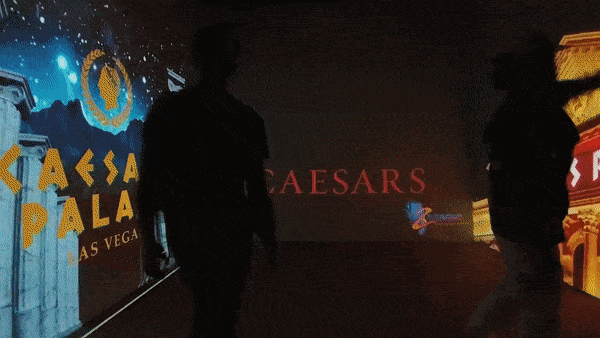 My first interaction with AV was from my artistic work as a dancer and technologists. With a bachelors in theoretical mathematics and computer science and a masters in artificial intelligence, and as a professional dancer/choreographer and a circus aerialist, I worked to incorporate technology into my performative work. My efforts to create a spectacular digital backdrop that reacted and complimented my movements on stage in real-time, by using machine vision to track my movement and gestures, led me to explore the world of AudioVisual as the medium for the digital backdrop. By coming into the AV industry with this perspective, of audiovisual being an expressive medium to enhance my storytelling as a performer, I have a different view of the emotional impact one can achieve using this technology. You can see an example of this in the dance piece I created several years ago in memory of Hallel Ariel z”l — https://youtu.be/MmfUwvO6OS0
My first interaction with AV was from my artistic work as a dancer and technologists. With a bachelors in theoretical mathematics and computer science and a masters in artificial intelligence, and as a professional dancer/choreographer and a circus aerialist, I worked to incorporate technology into my performative work. My efforts to create a spectacular digital backdrop that reacted and complimented my movements on stage in real-time, by using machine vision to track my movement and gestures, led me to explore the world of AudioVisual as the medium for the digital backdrop. By coming into the AV industry with this perspective, of audiovisual being an expressive medium to enhance my storytelling as a performer, I have a different view of the emotional impact one can achieve using this technology. You can see an example of this in the dance piece I created several years ago in memory of Hallel Ariel z”l — https://youtu.be/MmfUwvO6OS0
As to how I found my way into the proAV industry, after creating the technology for my own work we started getting requests from museums, live events, hotels, nightclubs and more. We realized that there are too many verticals for us to face and took a step back into the AV industry that services all of these industries and more. From there I got more and more involved with AVIXA, Infocomm, ISE and DSE and became a thought leader around experiential AV where I work to spread the knowledge and capability out to the rest of the industry.
2.What do you think are the challenges that are facing a new person who wants to join the industry?
The beauty of our current times is that there is so much technology out there, and so much new technology coming out, that creatively the new AV implementations we can deploy for clients are almost limitless. The challenge for someone who is new to the industry is that it requires a team of highly skilled professionals to execute a project. We’ve personally tried to address this in our work by making our system easy and robust to the point where it can be executed end-to-end by a single person. In the industry at large, new professionals quickly need to become proficient (even to a basic extent) with many different technologies to be able to have an educated conversation with a client about what they want, talk through its feasibility, discuss technology options and bring it to the bottom line of the budgets. Clients expect you to educate them to an extent so you need to be a fast-follower on the technology options out there. For someone new that can certainly be daunting, my recommendation for someone new to the field is to get a big picture of the many silos in AV (projection, LED walls, video walls, media servers, audio, etc.) and choose a single silo to become an expert in first. For example, focus on LED walls first (pixel pitch, indoor vs outdoors, key players, etc.), define that as your niche and try to aim for projects around that. When you feel that you are proficient in this niche you can expand to a second one, then a third one and so forth. It’s an amazing world of technology out there for the AV industry, rather than being intimidated just approach it systematically 🙂
3.What are the positives of working in this industry?
In our industry we are able to take part in creating amazing multi-sensory environments that inspire and connect with people. In our line of work, around experiential, seeing faces light up and families (or sometimes complete strangers) interact with each other and have fun are what make our work so magical. That and that it looks really really cool
[RELATED] : If you have missed any of my previous interviews, please click here.
4.What in your opinion would you change in the industry? What are the negatives that are prevalent ?
I think one of the limitations of the AV industry is that we don’t do a great job in soliciting new young professionals to join the industry’s workforce. The young talent I’ve interacted with in the field have all found their way into AV almost by accident. People in their 20s are very tech savvy and creative so they can contribute a lot to our field of work, but the industry as a whole isn’t very good at reaching that audience. There are some initiatives, like the AVIXA Foundation, trying to change that and we do our best to get involved.We are personally trying to change this by making our technology more approachable (we offer a free version of our software to everyone) and target universities with programs that can incorporate our technology into their curriculum and through them reach that younger demographic.
5.Describe your ideal client? What do you wish clients to know before hiring you?
Our ideal client is anyone trying to better engage their audience whether an innovative hotel lobby or a retail store, an event venue or a museum and more. We’re in the business of human engagement and human connection using experiential audiovisual technology. The main thing that we want people to know is that it’s not as hard as you think and not as expensive as you think. Our experiential software is priced at a point where it’s approachable to any project and the analytical capabilities built in (that measure how much engagement each experiential content gets) make it an easy investment with measurable ROI. The days of interactive only being available to big companies, the likes of Google, are gone. Anyone can now incorporate experiential interactivity to their space to increase human engagement and we’ve made it easy.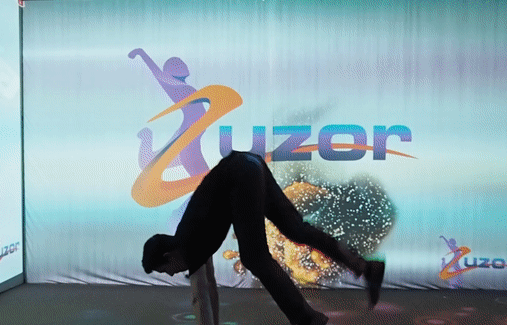
6.If you were going to start over, what would you do differently ?
I’m generally happy with my journey in the AV world thus far. The main thing I would have changed is that I would have made our shift to a platform/tool earlier. For the first few years of my company’s existence, we acted as the integrator as well as the creative content developer all in one. This limited our reach and limited our potential impact (both due to manpower and geography), now that we’re a tool for anyone in the proAV world (as of the summer of 2019) we can have a much larger reach and really democratize experiential capabilities.
7.Describe a typical work day for you. What are your daily disciplines?
My workdays vary quite a bit. I’m currently writing this while flying back from two weeks in Europe where I was an invited speaker at a few conferences. So aside from when I travel (which is quite often), my days typically start with reading then meditation then calls/chats with our dev team followed by the normal mixture of emails and meetings. Another small nuance of my day is that I don’t eat for the first two hours and last two hours of my day and generally keep my acrobatic training towards the evening/night – I still perform as a dancer/aerialist and choreograph on occasion.
8.Describe the apps and gear that you use daily which makes you more productive?
I’m not a huge app guy, the main two that I use around productivity are slack (for easy communication with my colleagues) and Focus Keeper (for those occasions when the environment is too loud for easy focus). Similarly important are the apps I don’t have on my phone, namely social media apps like Facebook and the like, that serve as easy distractions.
9. How do you stay relevant in this industry?
I remain relevant mostly by staying imaginative and curious. A large part of my attention is often spent around keeping up with the latest technology (mostly around artificial intelligence [AI]) and thinking through their functionality and easy usability as it relates to our line of work. For example, we recently added a new feature that uses AI to recognize human joint positions and integrated that with our software so that people can use our software with their laptop’s built-in webcam rather than requiring that they buy a special depth-camera (which would give them finer calibration options but may be unnecessary for many demo scenarios). As an international speaker, I also like to connect with other speakers before and during the show. I do my best to learn what the cutting edge is and what’s to come from the other speakers helping to educate our industry – this specific habit gives me a slight edge on staying competitive and makes sure that we stay relevant and innovative.
To know much more, please connect on Linkedin.
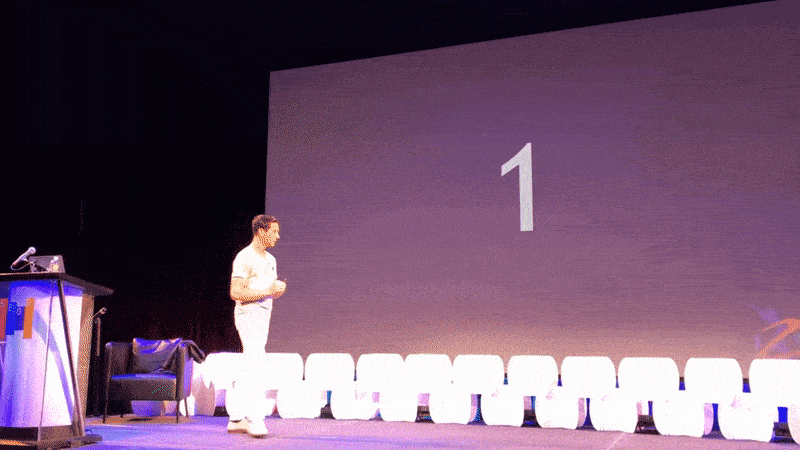 Also please drop your questions in the comments below.
Also please drop your questions in the comments below.
*****
Did you like this post? Connect with me on LinkedIn or just sign up for my free email newsletter.



